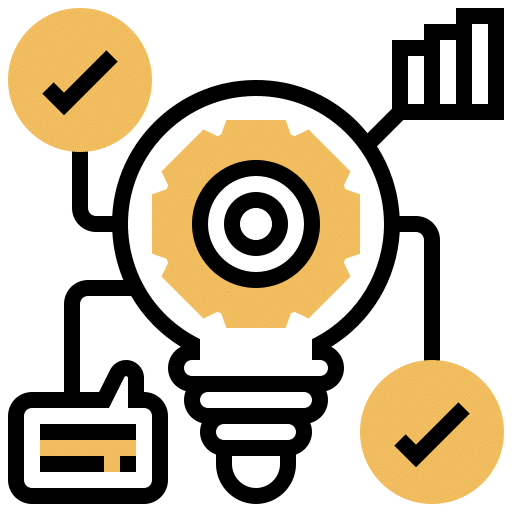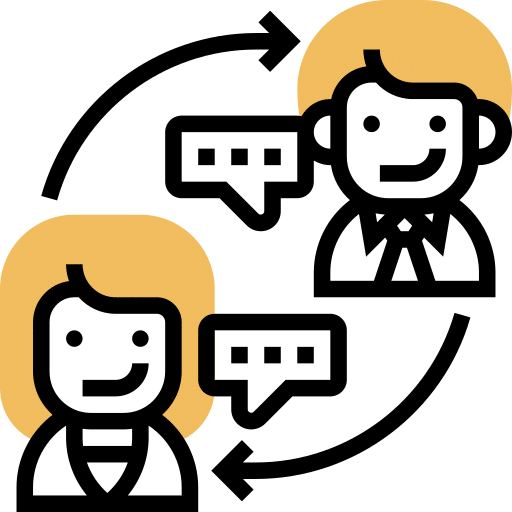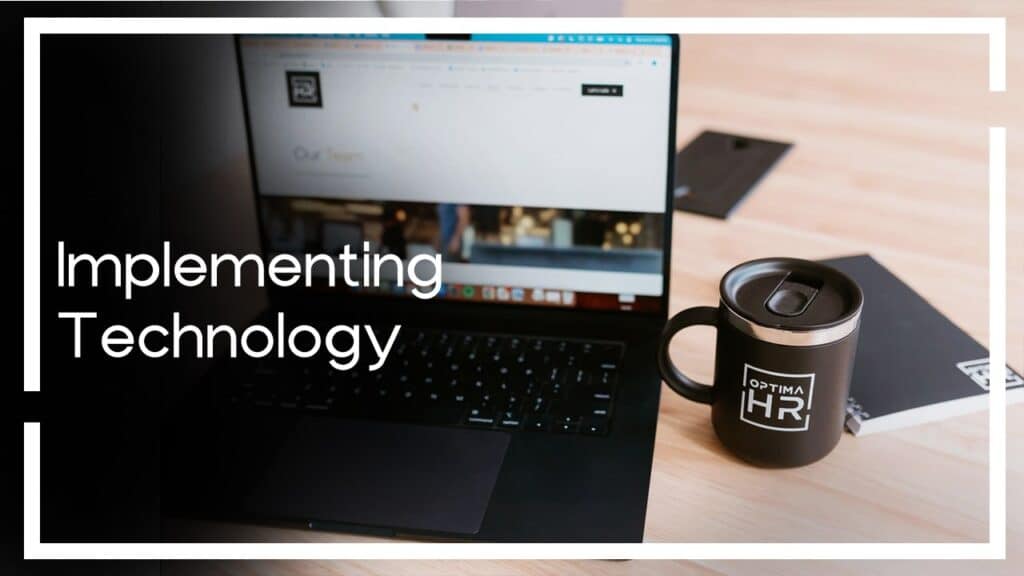When most people think of human resources, they often focus on hiring or payroll. But HR is much more than a single function—it’s an entire ecosystem that shapes the employee experience from the moment a candidate applies to the moment they exit the company.
We specialize in bringing clarity and cohesion to all 12 functions of HR, especially for small and medium-sized businesses that don’t have the resources for a full-time HR team. Our fractional HR model allows us to work alongside companies to build people-first strategies that touch every stage of the employee lifecycle.
Why Every Function of HR Matters
We don’t believe in choosing one “most important” HR function. That’s because every employee feels the effects of every single one—whether consciously or not. From onboarding to career growth to offboarding, every interaction an employee has with your company is tied to a function of HR.
The 12 core functions of HR typically include:
- Human Resource Planning
- Recruitment and Selection
- Onboarding
- Training and Development
- Performance Management
- Compensation and Benefits
- Employee Relations
- Compliance with Labor Laws
- Health and Safety
- HR Information Systems (HRIS)
- Succession Planning
- Offboarding and Exit Management
At OptimaHR, we use these 12 pillars to inform every strategy, asset, and process we build.
Mapping the Employee Experience
To create real change, we walk our clients through what we call the Employee Experience Journey. This journey helps us assess how each function of HR shows up—or doesn’t—for every employee.
For example:
- Are your job descriptions clear and inclusive? (Recruitment & Planning)
- Do employees know how to ask for development opportunities? (Training & Development)
- Do they feel supported and heard during performance reviews? (Employee Relations)
- Are exit interviews handled with care and confidentiality? (Offboarding)
This holistic approach ensures that no part of the employee lifecycle is neglected. It also helps uncover gaps in experience, communication, or compliance—areas that may not be obvious until they cause problems.
HR Strategy Built to Interconnect
Every time we create a new process, policy, or communication asset, we ask:
“Can this support multiple HR functions at once?”
For example:
- A well-designed onboarding guide can support employee relations, compliance, and training.
- A performance management system can simultaneously support succession planning, employee development, and retention.
- Even a basic HR document like a code of conduct can impact health and safety, legal compliance, and company culture.
That’s the power of a unified HR strategy. And that’s what OptimaHR brings to our partners—layered support that is practical, scalable, and aligned with long-term business goals.
Why This Matters for Small and Medium-Sized Businesses
In growing companies, HR often falls on the shoulders of operations managers, admins, or even the CEO. But that model can only take you so far. Without a framework that supports all HR functions, employees fall through the cracks—and businesses miss out on retention, engagement, and productivity.
Our Fractional HR services are designed to bring full-spectrum HR strategy to your business without the overhead of hiring an internal team. Whether you need help with a single project or ongoing HR leadership, we meet you where you are and scale with your needs.
Conclusion: Every Function Matters, Every Employee Counts
HR is not just about hiring and firing—it’s about supporting people through every moment of their journey with your company. At OptimaHR, we believe that understanding and activating all 12 functions of HR is the key to building better businesses and stronger teams.
Whether you’re just starting to document your processes or looking to optimize an existing system, we’re here to help you build an HR framework that feels good to your employees—and works hard for your business.






